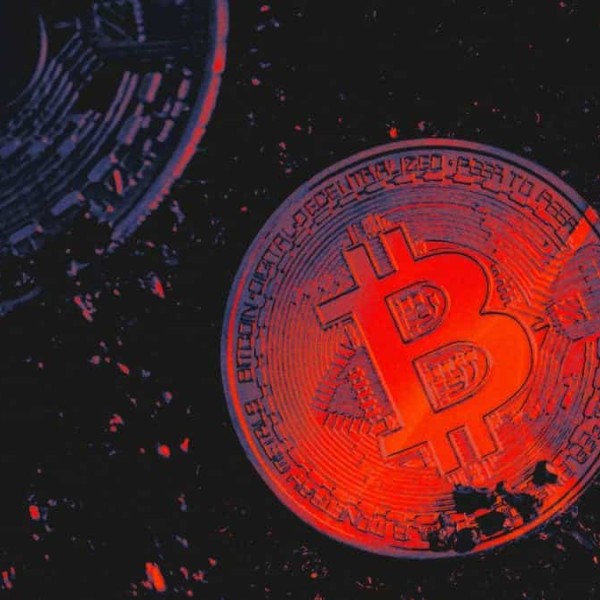Circle partners with Finastra to expand USDC’s role in cross border payments
Circle and financial software giant Finastra announced Wednesday a partnership to integrate USDC stablecoin settlement into the backbone of global banking infrastructure, a move aimed at modernizing cross-border payments long plagued by high costs and delays.
The collaboration will connect Finastra’s Global PAYplus (GPP) platform, which processes more than $5 trillion in daily cross-border transactions, to Circle’s payment infrastructure.
Banks using GPP will gain the ability to settle transactions in USDC, a fully reserved and regulated stablecoin pegged to the U.S. dollar, even when underlying instructions are denominated in traditional fiat currencies.
Digital settlement models
By offering a blockchain-based settlement layer within the existing payments ecosystem, the initiative seeks to reduce reliance on correspondent banking chains, which can take several days and add layers of fees.
Instead, banks will be able to clear and settle transactions more quickly while still following compliance and foreign exchange processes.
Finastra CEO Chris Walters said the partnership is designed to give banks an off-the-shelf option to test digital settlement.
According to Walters:
“By connecting Finastra’s payment hub to Circle’s stablecoin infrastructure, we can help our clients access innovative settlement options without the burden of building their own systems.”
For Circle, whose USDC supply has grown into the tens of billions in circulation, the deal represents another step in embedding stablecoins directly into traditional finance.
Circle co-founder and CEO Jeremy Allaire said Finastra’s global network of clients makes the partnership a powerful channel to expand USDC adoption.
Allaire added:
“Together, we’re enabling financial institutions to test and launch innovative payment models that combine blockchain technology with the scale and trust of the existing banking system.”
The announcement comes as regulators in the U.S., Europe, and Asia step up scrutiny of stablecoins while acknowledging their potential role in payment innovation.
The ability to use a regulated stablecoin for settlement inside widely used platforms could provide banks with a safe way to experiment with blockchain-based payments without disrupting existing compliance frameworks.
Evolving landscape for cross-border flows
The cross-border payments market, estimated by McKinsey at more than $150 trillion annually, has faced mounting pressure to improve speed and transparency.
Initiatives like SWIFT gpi and central bank digital currency pilots have emerged to address inefficiencies, but stablecoins are increasingly seen as a complementary solution.
By building settlement directly into Finastra’s platform, which is used by banks in over 100 countries, Circle is positioning USDC as an institutional-grade tool rather than just a crypto-sector payment token.
The model could allow banks to clear transactions around the clock and bypass some of the costlier intermediaries that dominate current payment corridors.
Collaborations like Finastra’s with Circle could gradually shift market infrastructure away from slow, multi-bank settlement processes toward faster hybrid systems that blend fiat rails with blockchain.
The post Circle partners with Finastra to expand USDC’s role in cross border payments appeared first on CryptoSlate.
Disclaimer: The content of this article solely reflects the author's opinion and does not represent the platform in any capacity. This article is not intended to serve as a reference for making investment decisions.
You may also like
JPMorgan Chase issues Galaxy short-term bonds on Solana network
The three giants collectively bet on Abu Dhabi, making it the "crypto capital"
As stablecoin giants and the world's largest exchange simultaneously secure ADGM licenses, Abu Dhabi is rapidly emerging from a Middle Eastern financial hub into a new global center for institutional-grade crypto settlement and regulation.

Bitcoin liquidity has been reshaped. Which new market indicators should we focus on?
Currently, the largest holders of bitcoin have shifted from whales to publicly listed companies and compliant funds. The selling pressure has changed from retail investors' reactions to the market to capital impact from institutions.

Strategy Confronts MSCI Head-On: The Ultimate Defense of DAT
Not an investment fund! Why is holding oil allowed but not crypto? How does Strategy criticize MSCI's proposal?

